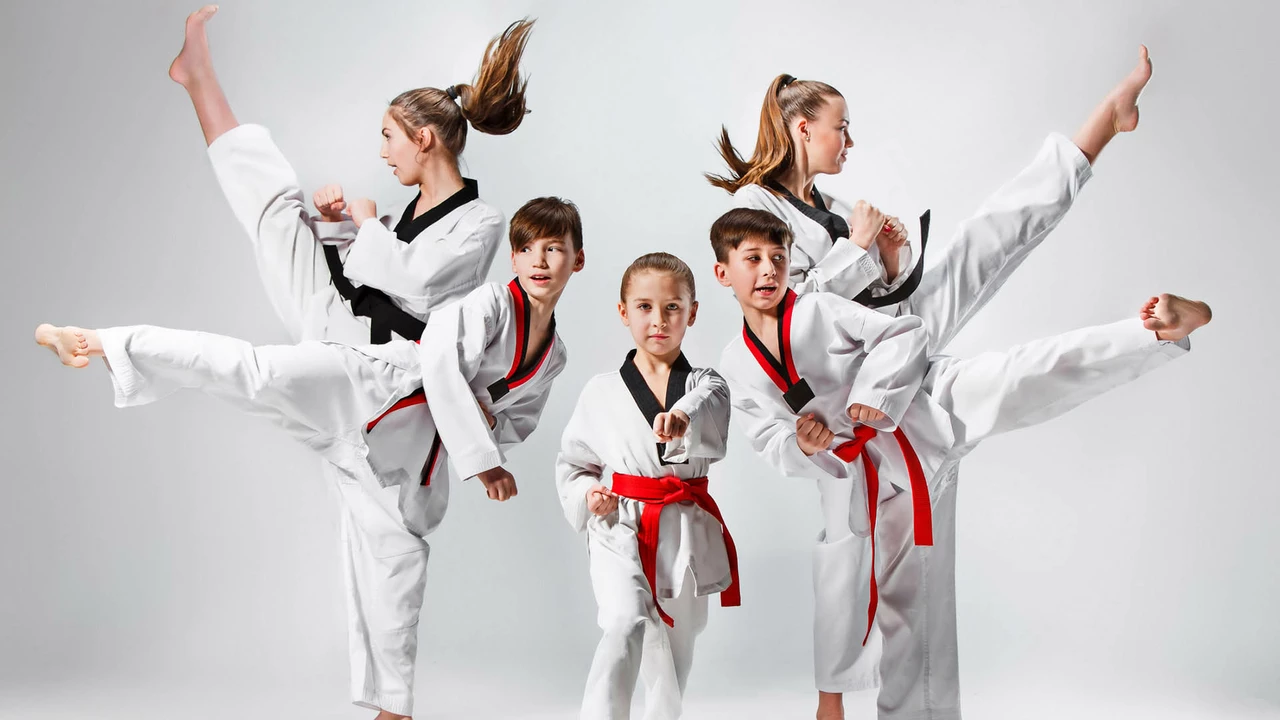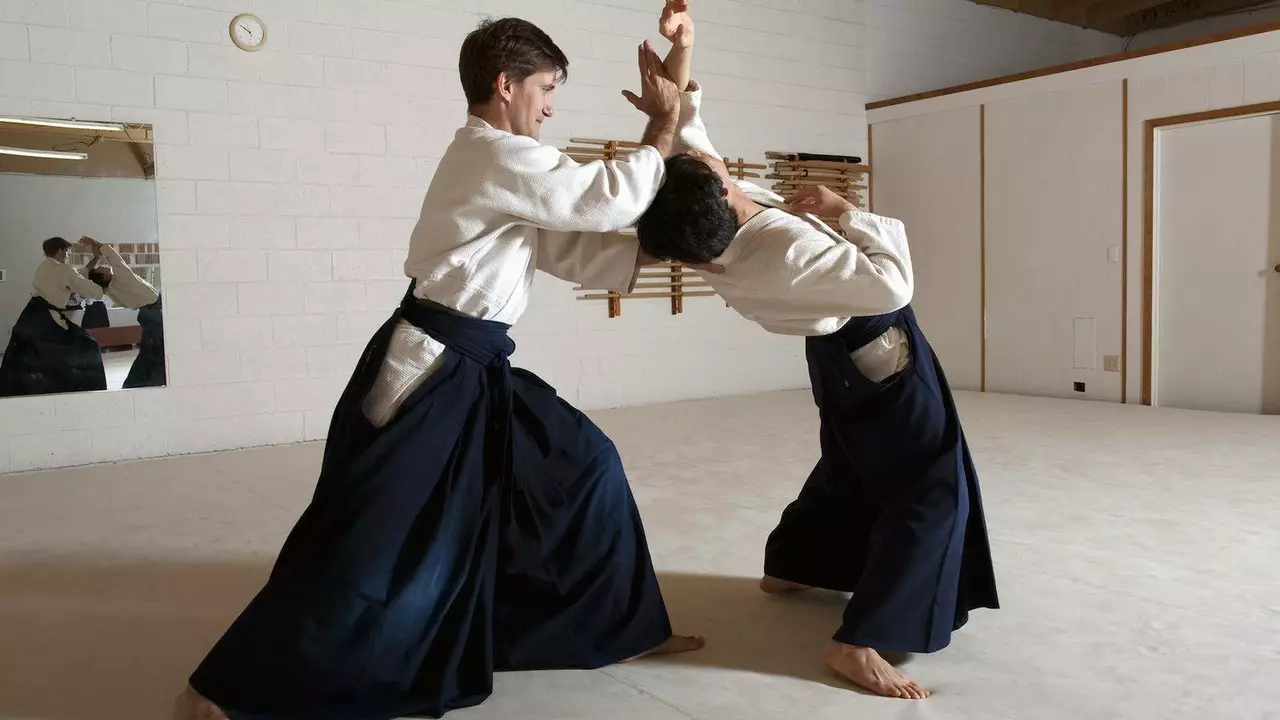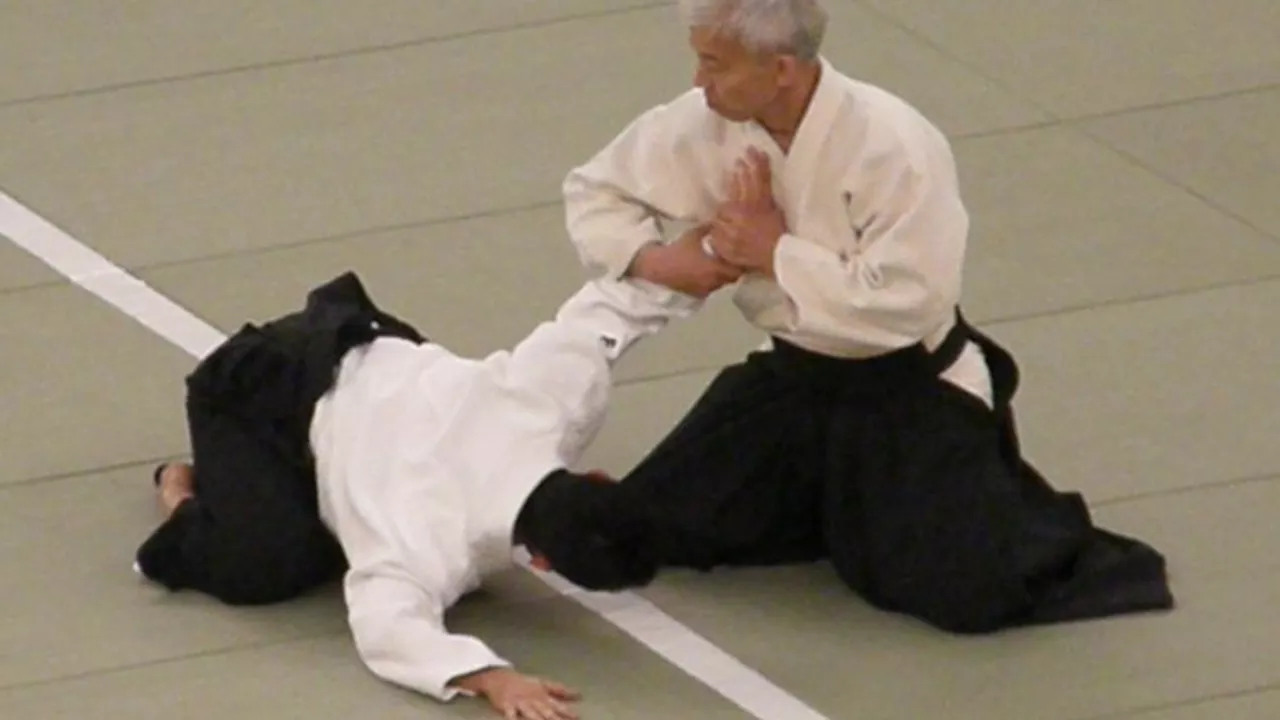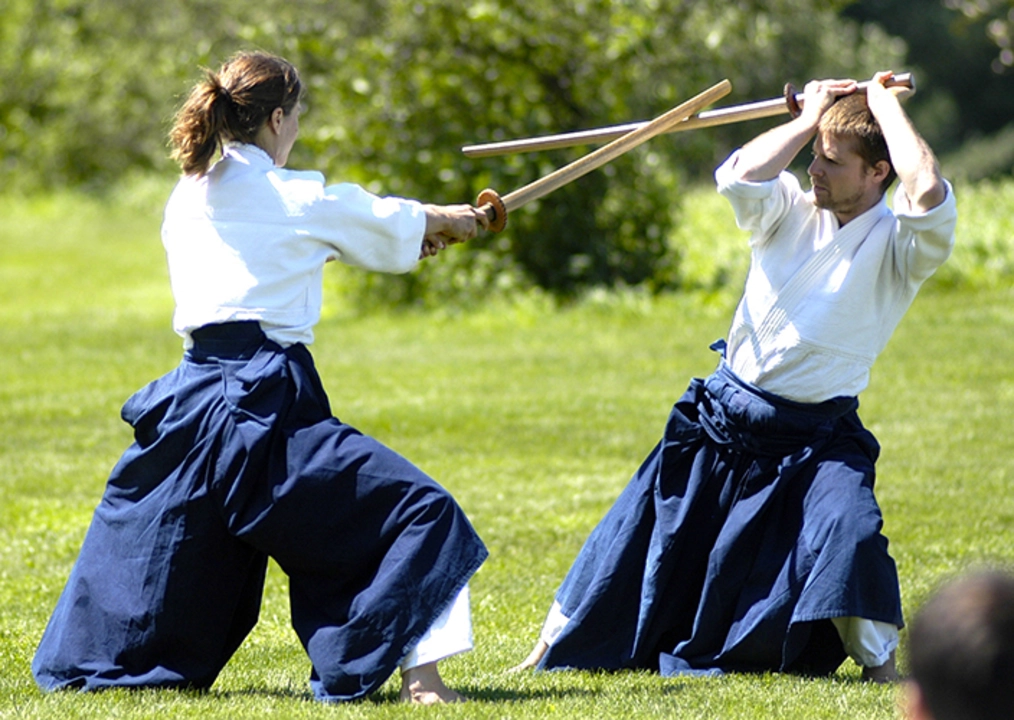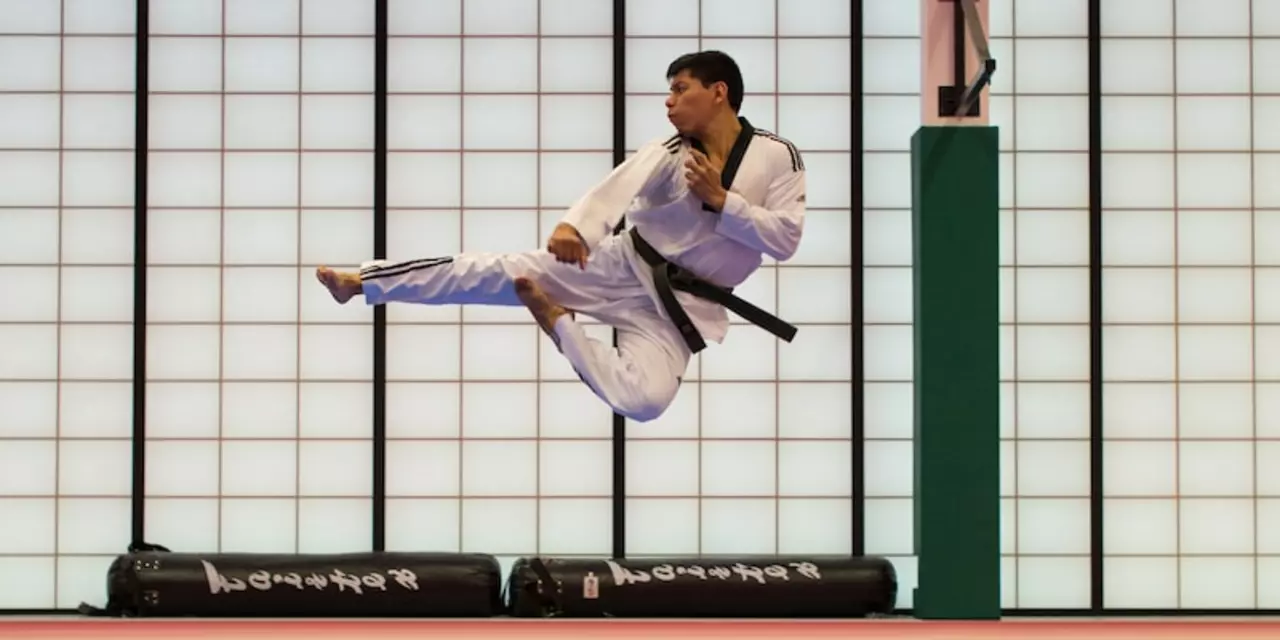Martial Arts
When you explore Martial Arts, the umbrella term for hundreds of combat systems that blend movement, strategy, and mindset. Also called budo, it shapes physical fitness, mental focus, and cultural heritage. A key member of this family is Aikido, a Japanese art that redirects an opponent’s energy instead of confronting force head‑on, which shows how martial arts can be both gentle and effective. Meanwhile, practitioners often ask whether these arts work in real fights; the answer depends on skill, context, and the specific style you choose.
What you’ll explore
Beyond Aikido, another major branch is Internal Martial Arts, disciplines like Tai Chi and Ba Gua that prioritize breath, internal energy (qi), and fluid motion over brute strength. These systems influence modern self‑defense by teaching balance, sensitivity, and the ability to stay calm under pressure. They also connect to the broader concept of self‑defense, which is the practical application of martial techniques to protect oneself in everyday situations. When you pair internal skills with external tools such as daggers, short, pointed blades historically used for hunting, combat, and ritual, you see how martial arts intersect with weapon knowledge, history, and even art collection. This mix of body, mind, and gear creates a rich ecosystem where technique influences strategy, and strategy shapes training methods.
In the list below you’ll find articles that dive into real‑world fight scenarios, breakdowns of specific styles, and stories about how martial arts impact sports and daily life. Whether you’re curious about the effectiveness of Aikido in a street altercation, the role of internal energy in competition, or the cultural significance of historic weapons, the collection offers clear, experience‑based insights. Keep reading to see how each piece adds to the bigger picture of martial arts and helps you decide which path fits your goals.
